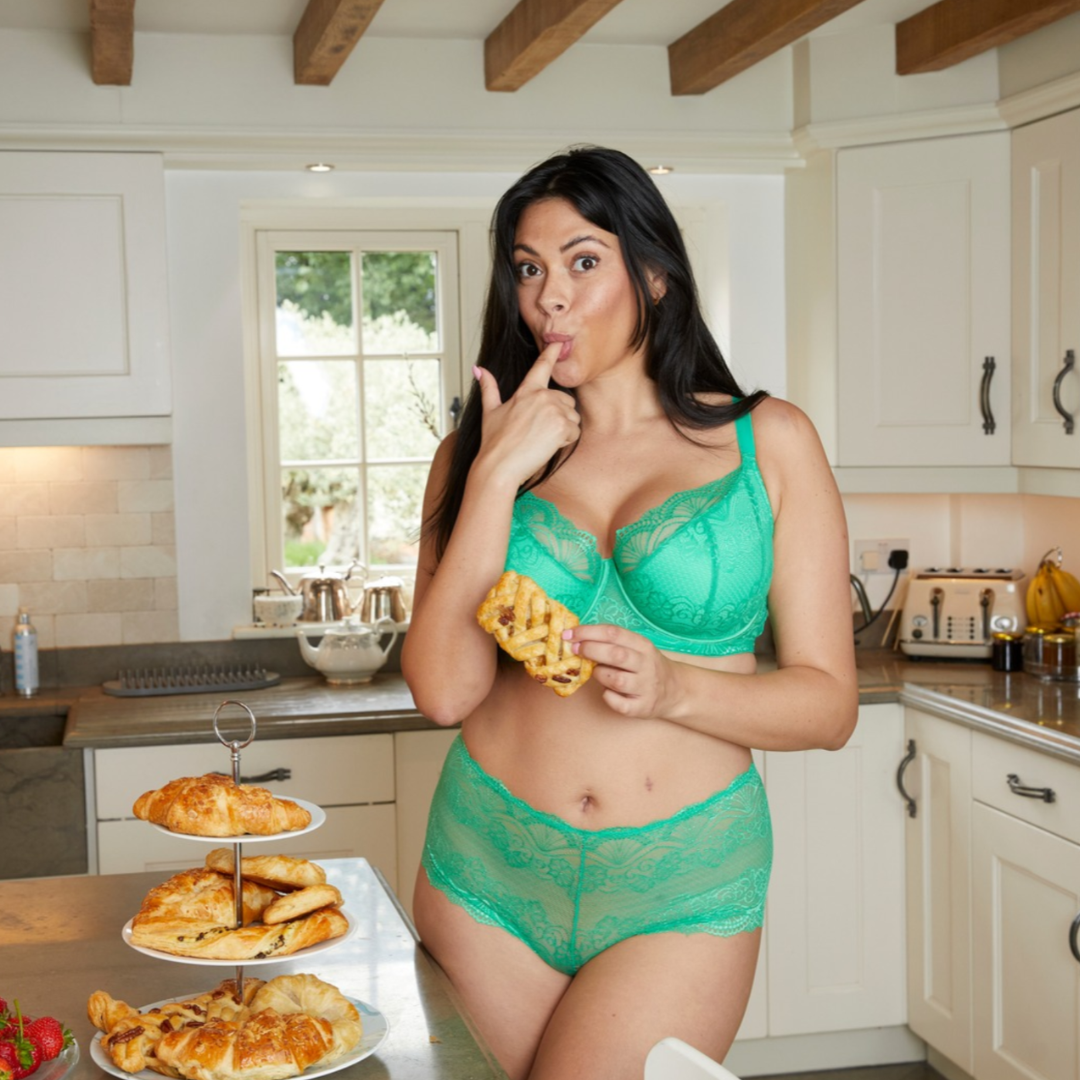What are bias cut fabrics?
A bias-cut fabric refers to fabric that has been cut diagonally across the grain, rather than along the straight grain (which runs parallel to the selvedge, the tightly woven edge of the fabric). The "grain" of fabric refers to the direction of the threads used in weaving the fabric. Here's how bias-cut fabrics are used and why they are significant:
Key Characteristics of Bias-Cut Fabrics
-
Diagonal Stretch and Drape:
- When fabric is cut on the bias, it has more stretch and flexibility than when it's cut on the straight grain. This stretch is not due to the fabric itself being stretchy, but because of the diagonal cutting angle, which allows the fabric to conform more naturally to curves.
- Bias-cut fabrics drape beautifully and follow the contours of the body, creating a smooth, flattering silhouette. This makes them ideal for garments that need to hug the body closely, such as lingerie, slip dresses, and evening gowns.
-
Fluid Movement:
- Because bias-cut fabrics hang differently from garments cut on the straight grain, they move more fluidly. This gives clothing a more dynamic, flowing quality that can be very elegant and flattering.
- The fluidity of bias-cut garments often makes them feel more comfortable and luxurious, as the fabric moves easily with the body.
-
No Wrinkling or Cling:
- Bias-cut garments tend to wrinkle less because of the natural stretch in the fabric. They also tend to cling less to the body in an unflattering way, which is another reason why they're popular in high-end fashion and lingerie.
-
Versatility in Design:
- The bias cut can be used to create a variety of design effects, such as asymmetry or a softer, more relaxed look. It allows for creative freedom in how the fabric is manipulated, which is why it's often used by designers looking to achieve a specific aesthetic.
Uses in Lingerie and Fashion
-
Lingerie:
- Silk Slips and Camisoles: Bias-cut is especially popular in silk slips and camisoles, where the fabric’s natural sheen and drape create a luxurious, body-skimming effect.
- Bras and Panties: Bias cutting can also be used in the construction of certain bras and panties to enhance comfort and fit, particularly in garments designed to hug the body closely without constriction.
-
Dresses and Gowns:
- Slip Dresses: The bias cut is a signature technique in slip dresses, allowing the dress to drape elegantly over the body, accentuating natural curves.
- Evening Gowns: Many evening gowns are bias-cut to create a form-fitting yet comfortable silhouette that moves beautifully as the wearer walks.
-
Skirts:
- Flowing Skirts: Bias-cut skirts have a fluid motion and can flare out at the hem in a flattering way, without the use of darts or gathers.
Challenges and Considerations
- Fabric Usage: Bias cutting requires more fabric because of the diagonal alignment, making it more expensive and potentially wasteful if not planned carefully.
- Skill Requirement: Cutting and sewing on the bias can be more challenging than working with fabric cut on the straight grain. It requires careful handling to avoid stretching or distorting the fabric during construction.
- Pattern Matching: If the fabric has a pattern, matching the design across seams can be tricky due to the diagonal cut.
A rare prize in elegant design...
Bias-cut fabrics are prized in lingerie and fashion for their ability to create garments that drape elegantly, hug the body’s curves, and move fluidly. While they require more fabric and careful handling, the results can be incredibly flattering and luxurious, making them a popular choice for high-end garments and special occasions.









































































































